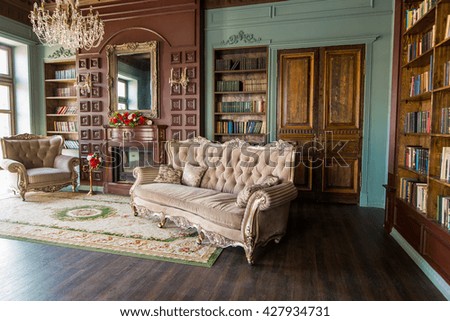Your home is your sanctuary, a place where you can relax, unwind and be yourself. So why not make it a reflection of your unique personality and lifestyle?
Here are some tips on how to incorporate your personality and lifestyle into your home’s interior:
Choose a color scheme that reflects your style.
Your home’s color palette is a great place to start when incorporating your personality into the design. If you prefer bold and vibrant colors, use them throughout the space. If you prefer more subdued and calming tones, stick to those. You can even use a combination of both, depending on the room. Just make sure the overall feel of the space reflects your taste.
Select furniture that fits your lifestyle
The type of furniture you choose should be based on how you plan to use the space. If you love to entertain, pick pieces that are both stylish and functional. If you prefer a more cozy and intimate setting, opt for furniture that encourages relaxation.
Display items that are meaningful to you
From family photos to art pieces and souvenirs, surround yourself with things that tell your story and make you happy. You can even display your old high school photos or diploma. If you don’t have a copy of your high school diploma, you can always get the replica using a diploma creator.
Create a space that reflects your hobbies and interests

Whether it’s a home office, library, or craft room, designate an area of your home that supports your hobbies and interests. This will make your home more enjoyable to live in, but it will also make you more productive.
Key considerations in designing your home’s interior
Some important considerations to keep in mind when designing your home’s interior include:
Functionality
Make sure the design of your home is functional and suits your lifestyle. If you often entertain, for example, you’ll want to make sure there is enough seating and that the layout of the space allows for easy flow.
Comfort
Your home should be a comfortable place that you enjoy spending time in. Choose furniture and finishes that are pleasing to the eye and create a relaxing atmosphere.
There are a few key things you can do to create a relaxing atmosphere in your home. First, try to keep the space clean. A tidy room will help clear your mind and allow you to relax more easily. Also, have plenty of soft lighting – think candles, lamps, and dimmer switches. A well-lit space will help you feel calmer and at ease. Lastly, try incorporating some calming scents into your home – think lavender, chamomile, or eucalyptus.
Safety
When designing your home, keep safety in mind, especially if you have young children or pets. Avoid sharp edges, loose cords, and other hazards that could injure someone.
Aesthetics
Your home’s overall look and feel should reflect your personal taste and style. Choose a color scheme, furniture, and accessories that you love and that make you happy.
Budget
Be realistic about what you can afford when designing your home’s interior. Stick to a budget and don’t overspend on unnecessary items.
When it comes to budgeting for home interior design, there are a few key things to keep in mind. But it starts with having a realistic understanding of what your budget is. This means considering all of your income, debts, and other financial obligations when determining how much you can realistically afford to spend on home design.
Space Planning
Make sure to utilize the space you have efficiently when planning your home’s design. Consider the furniture you need and how it will be arranged in each room.
Lighting
Proper lighting is essential in any home. It can create different moods and ambiance, so choose your light fixtures carefully.
Lighting plays a vital role in setting the mood of a room or space. Different types of lighting can create different atmospheres, so it is crucial to choose the right kind of lighting for the mood you want to make. For example, dimmer, softer lighting is often more relaxing, while brighter lighting can be more energizing.
Storage
Ensure that there is enough storage space in your home for all your belongings. This will help to keep the area organized and clutter-free.
Maintenance
Consider the maintenance required for the materials you choose for your home’s interior. Some materials, like wood floors, require more care than others.
Final thoughts
Designing your home’s interior can be a fun and rewarding process. It’s a great way to show off your style and make your space more enjoyable to live in. Keep these considerations in mind when planning your design, and you’ll be sure to create a space that you love.


